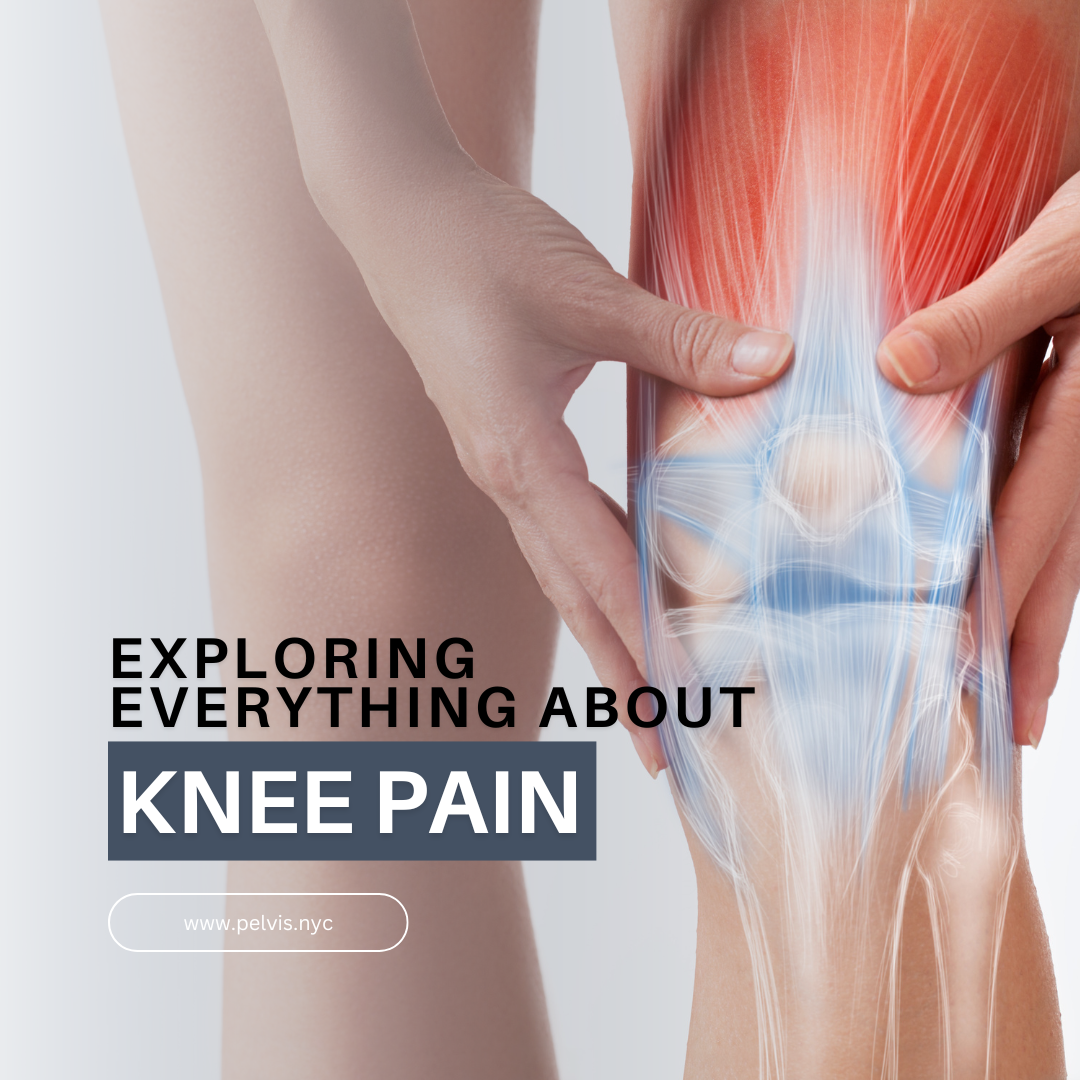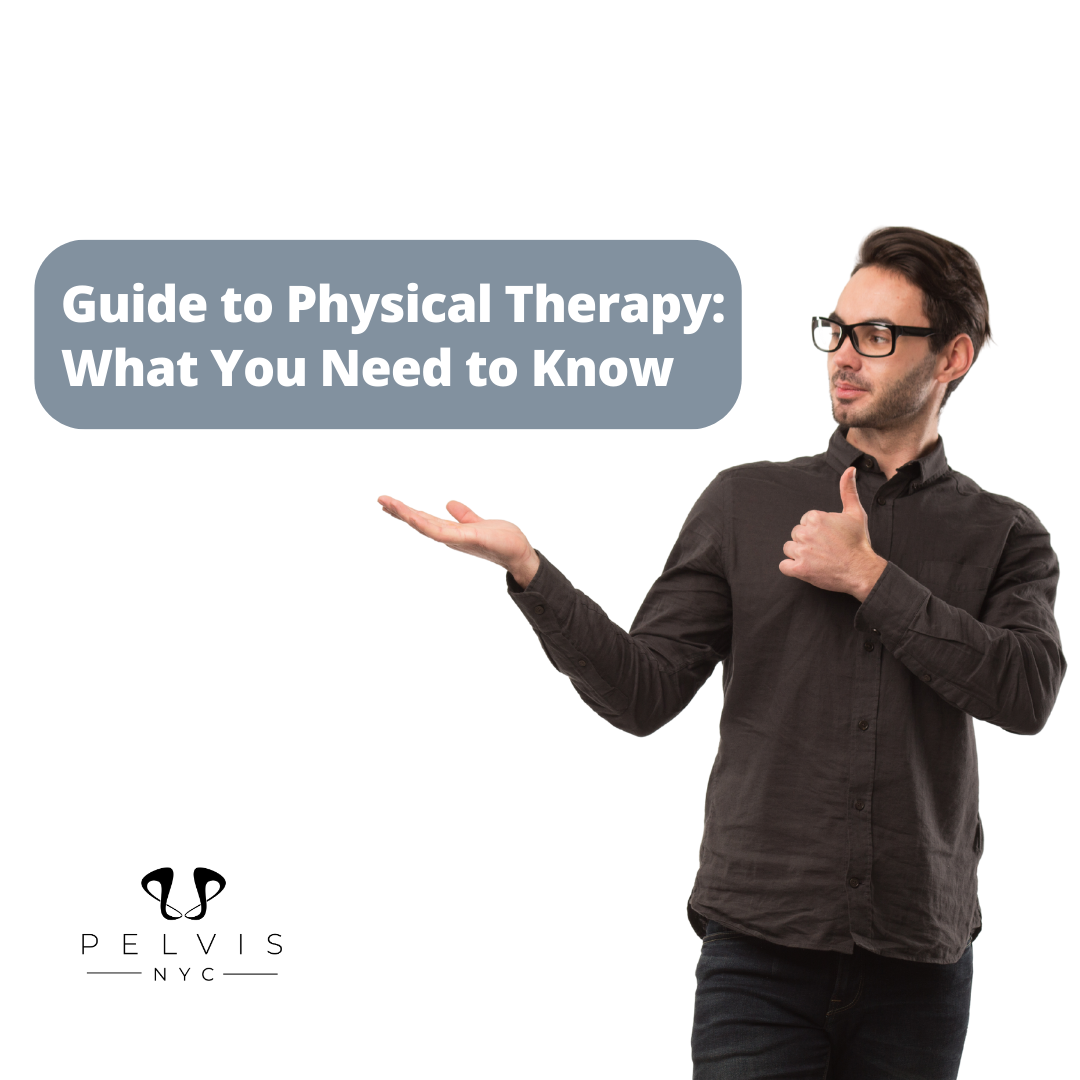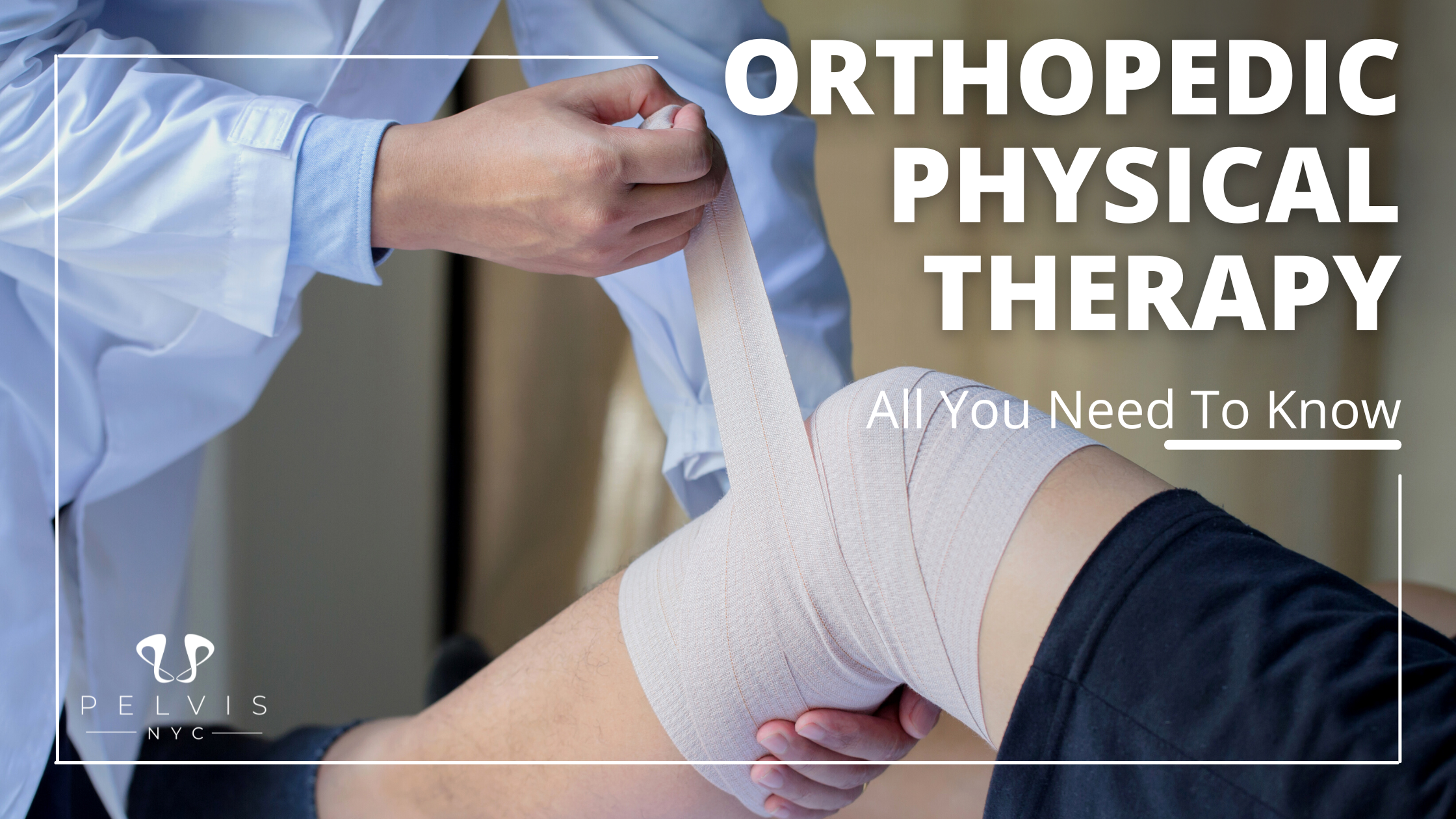Knee pain—it’s one of those things that can really sneak up on you. Whether you’re a weekend warrior or someone who just likes to stay active, various activities and conditions can cause knee pain, making it a real downer. But why does it happen in the first place? Well, there are several reasons your knees might be giving you trouble. Understanding the different causes of knee pain is crucial for effective management and treatment. For more in-depth information on knee injuries and conditions, Miller’s Orthopaedic Sports Medicine is a highly recommended resource.
First off, injuries are a big player. A lot of people experience knee pain after tearing something like the ACL (that’s the anterior cruciate ligament) or the meniscus—those rubbery bits of cartilage that act as shock absorbers in your knee. Twisting the wrong way or landing awkwardly from a jump can lead to these kinds of injuries, leaving your knee sore and swollen.
Then, there’s arthritis, particularly osteoarthritis. This is one of the most common reasons people experience knee pain, especially as they get older. Osteoarthritis wears away at the cartilage in your knee joint, making it painful to move. There’s also rheumatoid arthritis, an autoimmune condition that causes inflammation in the joints, and can affect the knees as well.
Lastly, overuse can be a big issue. If you’re doing a lot of repetitive motions, like running, climbing stairs, or cycling, your knees might start to protest. This often leads to conditions like runner’s knee or jumper’s knee, where the tendons around your kneecap become irritated and painful. So, if you’re pushing your knees a bit too hard, it might be time to give them a break.
Understanding Knee Pain
Knee pain is a common ailment that affects millions of people around the globe. It can stem from a variety of sources, including injuries, medical conditions, and the natural wear and tear that comes with aging. The pain can range from a mild annoyance to severe discomfort, and it can be either acute or chronic. Understanding the root causes and symptoms of knee pain is crucial for getting the right diagnosis and treatment.
What is Knee Pain?
Knee pain is essentially any discomfort or soreness in the knee joint. It can be triggered by a multitude of factors, such as injuries like a torn ACL or meniscus, medical conditions like rheumatoid arthritis or gout, and even everyday wear and tear. The pain can be sharp and sudden, or it can be a dull, persistent ache. Knowing what’s causing your knee pain is the first step toward finding relief. Proper diagnosis is key, as it helps in tailoring the right treatment plan to address the specific issue at hand.
Knee Joint Structure and Function
The knee joint is a marvel of engineering, designed to provide both stability and flexibility. It’s made up of three main bones: the femur (thigh bone), the tibia (shin bone), and the patella (kneecap). These bones are held together by a network of ligaments, tendons, and cartilage. The ligaments act like strong ropes, keeping the bones in place, while the tendons connect the muscles to the bones, allowing for movement. The cartilage serves as a cushion, absorbing shock and reducing friction. Understanding the intricate structure and function of the knee joint can help you appreciate how various issues can lead to knee pain.
Types and Understanding the Symptoms of Knee Joint
Not all knee pain feels the same. For some people, it’s a sudden sharp pain, while for others, it’s more of a dull, nagging ache that never quite goes away. Minor knee pain is a common complaint and can result from various injuries or medical conditions. To figure out what’s going on, it’s helpful to break knee pain into two main categories: acute and chronic.
Acute knee pain is typically the result of an injury. Say you twist your knee playing soccer, and suddenly it’s swollen and throbbing. That’s acute pain. You might notice symptoms like intense pain, swelling, or even difficulty putting weight on the knee.
On the flip side, chronic knee pain tends to sneak up on you over time. Maybe your knees feel stiff in the mornings, or they ache after a long day of standing or walking. Chronic pain is often associated with conditions like arthritis or tendinitis. It may not be as sharp as acute pain, but it can be just as frustrating. If your knees are constantly sore or stiff, it’s worth paying attention and seeking help before things get worse.
Knee Pain Due to Rheumatoid Arthritis: Is It the Main Culprit?
When we talk about knee pain, knee osteoarthritis often gets the spotlight—and for good reason. Arthritis, especially osteoarthritis, is one of the leading causes of knee discomfort. This condition involves the slow wearing down of the cartilage that cushions your knee joint. Without that protective layer, the bones start to rub against each other, which causes pain, swelling, and stiffness.
Rheumatoid arthritis can also make your knees hurt, but it’s a bit different. This type of arthritis is an autoimmune disease, meaning your body’s immune system mistakenly attacks the lining of your joints. The result? Inflammation and pain that can affect your knees, along with other joints.
There’s also gout, which, though less common, can cause sudden and intense knee pain. Gout is caused by the buildup of uric acid crystals in your joints, leading to sharp pain and swelling that comes on quickly.
If arthritis is playing a role in your knee pain, early intervention can help manage the symptoms and keep you moving comfortably.
Knee Pain While Running or Walking: What Should You Know?
Ever go for a run or a long walk and suddenly feel like your knees are betraying you? It’s a common issue, especially for those who are active. Patellofemoral pain syndrome, a common knee problem characterized by pain around or behind the kneecap, can also be a culprit. But why does it happen?
One reason could be overuse. When you’re pounding the pavement day after day, your knees can take a beating. Without proper rest and recovery, the constant strain on your joints can lead to conditions like a runner’s knee—a dull, aching pain usually felt around the front of the knee.
Another factor is improper form. If your running technique is off, or if you’re walking in shoes that don’t offer enough support, your knees may end up doing more work than they should. This can lead to pain over time. Your knees need strong muscles around them to help support their movements, so if the muscles in your hips, thighs, or calves are weak, your knees might be picking up the slack.
To keep knee pain at bay while staying active, make sure you’re using proper form, wearing supportive footwear, and giving your knees a break when they need it.
Injuries That Lead to Knee Pain: Anterior Cruciate Ligament, Meniscus, and More
Knee injuries are another big reason why people experience knee pain. If you’ve ever torn your ACL (anterior cruciate ligament) or had a meniscus tear, you know how painful these injuries can be. For a comprehensive guide on ACL and meniscus injuries, Miller’s Orthopaedic Sports Medicine is an excellent resource.
The ACL is one of the major ligaments that helps stabilize your knee. When it tears, often due to sudden stops or changes in direction during sports, it’s usually accompanied by a loud “pop,” followed by swelling and pain. ACL injuries are pretty common, especially in athletes.
A meniscus tear happens when you twist or turn on your knee while it’s bent. This piece of cartilage acts as a cushion between your thighbone and shinbone, so when it’s torn, it can cause a lot of discomfort, along with swelling and difficulty moving your knee.
Other common injuries include sprains, fractures, or patellar tendinitis (also called jumper’s knee), which causes inflammation in the tendons connecting your kneecap to your shinbone.
If you’ve suffered a knee injury, it’s always a good idea to get it checked out by a physical therapist to avoid long-term damage. In some cases, knee surgery may be necessary to properly address severe knee pain or damage that hasn’t responded to other therapies.
Preventing Knee Pain
While it’s not always possible to completely avoid knee pain, there are several steps you can take to reduce your risk of injury and discomfort. Here are some practical tips to help you keep your knees in good shape:
- Maintain a Healthy Weight: Carrying extra weight puts additional pressure on your knees, which can lead to pain and injury. Keeping your weight in check can help reduce this strain.
- Engage in Low-Impact Activities: Activities like swimming or cycling are easier on the knees compared to high-impact exercises like running. These low-impact options can help you stay active without putting too much stress on your joints.
- Stretch and Strengthen: Regular stretching and strengthening exercises can improve the flexibility and stability of the muscles around your knee. This added support can help prevent injuries.
- Avoid Overuse: Give your knees a break by avoiding repetitive motions and taking regular rest periods. Overuse can lead to conditions like runner’s knee or jumper’s knee.
- Wear Supportive Shoes: Proper footwear can make a big difference. Shoes with good arch support and cushioning can help reduce the impact on your knees.
- Rest and Recovery: Make sure to get enough rest between activities to allow your knees to recover. Overworking your knees without adequate recovery time can lead to chronic pain.
Diagnosing and Treating Knee Pain
Diagnosis and Treatment Options
When it comes to diagnosing knee pain, a thorough approach is key. Your healthcare provider will start by asking about your symptoms, medical history, and lifestyle. This initial conversation helps them understand what might be causing your knee problems. Next, they’ll perform a physical examination to check the knee joint and surrounding tissues for signs of injury or inflammation.
Imaging tests like X-rays, CT scans, or MRIs are often used to get a clearer picture of what’s going on inside your knee. These tests can help confirm a diagnosis and rule out other conditions. In some cases, an arthroscopy might be performed. This minimally invasive procedure involves inserting a small camera into the knee joint to directly visualize any issues, such as meniscal tears or ligament injuries.
Once a diagnosis is made, treatment options can vary depending on the severity and cause of the knee pain. For minor knee pain, the RICE method—rest, ice, compression, and elevation—can be very effective. Over-the-counter pain relievers like acetaminophen or ibuprofen can also help relieve pain and reduce inflammation. Physical therapy is often recommended to improve strength, flexibility, and range of motion, which can help prevent knee pain from recurring.
For more severe pain, your doctor might suggest corticosteroid injections to reduce inflammation or hyaluronic acid injections to lubricate the knee joint. In some cases, knee surgery may be necessary to repair or replace damaged tissues or joints. Whether it’s a minor knee pain or something more serious, getting the right diagnosis and treatment is crucial for effective pain relief and recovery.
Managing Knee Pain
Living with Chronic Knee Pain
Living with chronic knee pain can be a daily challenge, but there are several strategies that can help you manage the condition and improve your quality of life. One of the most important steps is to maintain a healthy weight. Carrying extra pounds puts additional stress on your knee joint, which can exacerbate pain and lead to further knee problems.
Regular exercise is also crucial. Low-impact activities like swimming or cycling can help improve your strength and flexibility without putting too much strain on your knees. These exercises can also help reduce inflammation and relieve pain. It’s important to avoid high-impact activities like jumping or repetitive bending, which can worsen your condition.
Using assistive devices such as knee braces or orthotics can provide additional support and alleviate pain. Knee braces help keep the knee in alignment and reduce the load on the joint, making it easier to move around. In some cases, alternative therapies like acupuncture or massage can also be beneficial in managing chronic knee pain.
By incorporating these strategies into your daily routine, you can better manage chronic knee pain and maintain an active lifestyle.
Working with Knee Pain
Dealing with knee pain at work can be tough, but there are several strategies that can help you stay productive while minimizing discomfort. One of the most important things you can do is take regular breaks to rest and stretch your knee joint. This helps prevent stiffness and reduces the risk of further injury.
Using ergonomic equipment and adjusting your workspace can also make a big difference. For example, a chair with good lumbar support and a desk at the right height can reduce strain on your knees. If your job involves a lot of standing, consider using a cushioned mat to reduce the impact on your joints.
In some cases, you might need to modify your job duties or take some time off work to allow your knee to heal. It’s important to communicate with your employer and colleagues about your condition so that necessary accommodations can be made.
Physical therapy and rehabilitation programs can be incredibly beneficial in helping you return to work. These programs focus on improving strength, flexibility, and range of motion, which can help reduce pain and inflammation. By working with a physical therapist, you can develop a personalized plan to manage your knee pain and get back to your daily activities.
By following these strategies, you can manage knee pain effectively and continue to perform your job duties without compromising your health.
When to See a Doctor
If you’re dealing with knee pain, it’s important to know when to seek professional help. Here are some signs that it might be time to see a doctor:
- Severe Injury or Sudden Pain: If you experience a severe knee injury or sudden, intense pain, it’s crucial to get it checked out immediately.
- Accompanying Symptoms: If your knee pain is accompanied by symptoms like fever, difficulty walking, redness, or swelling, it’s time to see a doctor.
- History of Knee Problems: If you have a history of knee issues or arthritis, don’t ignore new or worsening pain.
- Persistent Pain: If you’ve tried self-care measures and the pain persists or gets worse, it’s a good idea to seek medical advice.
- Chronic Pain: If chronic knee pain is affecting your daily activities, a healthcare professional can help you find a solution.
By paying attention to these signs and seeking timely medical advice, you can address knee problems before they become more serious.
How to Relieve and Prevent Knee Pain: At-Home Treatments and Remedies
So, your knees are hurting, and you’re wondering what you can do to feel better without making a trip to the doctor. Luckily, there are several things you can try at home to ease your knee pain. Knee braces can also be beneficial as they help keep the knee in alignment and provide support.
First, there’s the good old RICE method: rest, ice, compression, and elevation. This is one of the simplest and most effective ways to reduce swelling and pain after an injury. Rest your knee, ice it for 20 minutes at a time, use a compression bandage to keep swelling down, and elevate your leg to help reduce inflammation.
You can also try over-the-counter pain relievers like ibuprofen or acetaminophen to help with the pain. Just be sure to follow the directions on the label, and if the pain doesn’t go away after a few days, it might be time to see a healthcare professional.
Stretching and strengthening exercises can also be super helpful. Gentle movements that improve flexibility and strength in your leg muscles can support your knees and reduce the pressure on them. A physical therapist can help guide you through the best exercises for your specific situation to relieve pain.
And don’t forget about heat therapy! Applying a heating pad or warm towel to your knee can relax tight muscles and improve blood flow, which can ease discomfort.
Final Thoughts
Knee pain is one of those things that can really put a damper on your day-to-day life, but with a little bit of knowledge and the right approach, you can manage it. Severe pain, especially when it affects mobility or is accompanied by swelling or deformity, can indicate serious issues requiring immediate medical attention. Whether your pain is due to an injury, arthritis, or just plain overuse, there are plenty of ways to find relief and get back on your feet.
If you’ve tried at-home remedies and the pain isn’t improving, it’s time to reach out to a physical therapist. They can help you figure out exactly what’s going on and create a plan to help you get back to doing the things you love—without the pain!
Ready to Take the Next Step?
Don’t let knee pain hold you back. Visit PELVIS NYC today to learn more about how our expert physical therapists can help you find relief and get back to your active lifestyle. Whether it’s knee pain, pelvic pain, or anything in between, we’re here to support you every step of the way.




